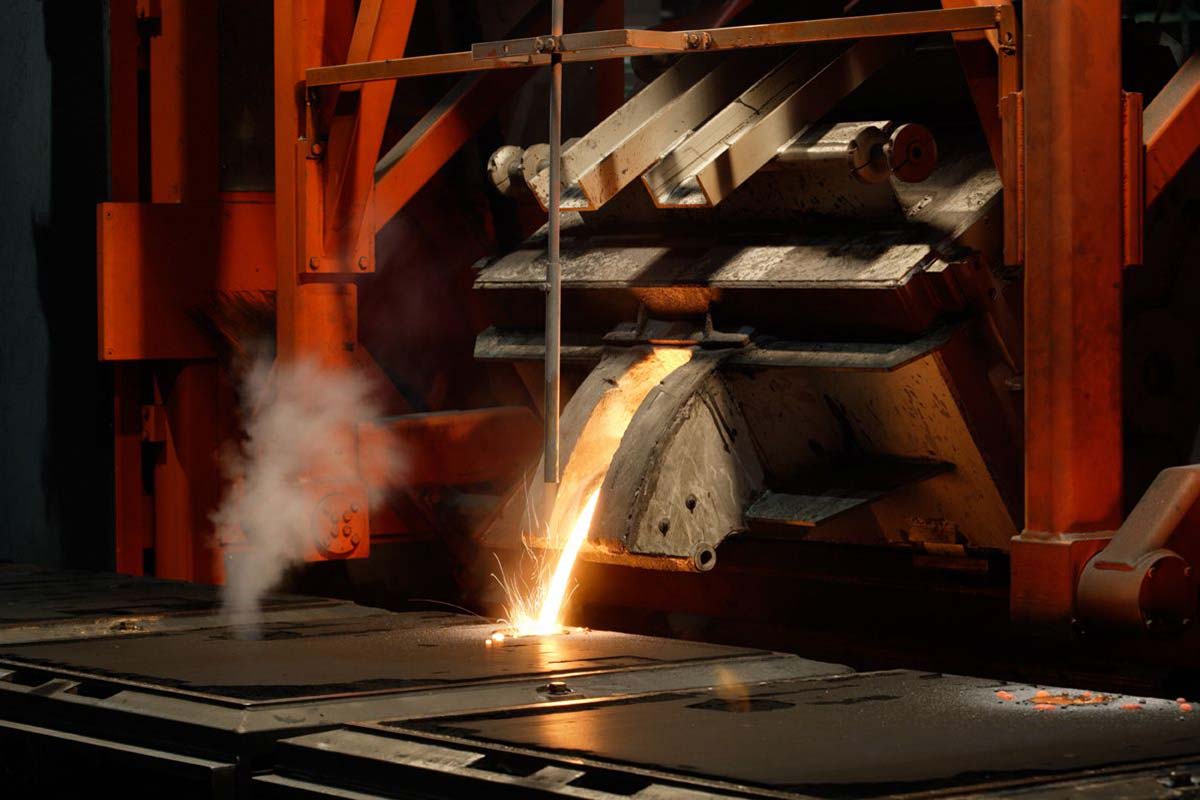
Pouring equipment – decisive for high casting quality
The ever-increasing demands for casting process precision, reproducibility and documentation can no longer be satisfied with manual casting processes.
With the fully-automatic casting machines produced by HWS, products of varying sizes and performance classes are available, which satisfy even the highest quality demands.
Since 2000, the diverse casting machine and system designs have been fully manufactured, put into operation, serviced and supported around the world by HWS.
To date, over 250 casting systems have been sold worldwide.
The process
The pouring equipment can be used with all vertically and horizontally divided flaskless moulding systems, or on horizontally divided flask moulding systems with green sand. Retrofitting to existing systems is possible at any time.
With unheated casting ladles, it is possible to perform controlled casting at speeds from 500 grams to a maximum of 50 kg per second depending on the design.
Monitoring the casting process takes place in a two-stage process, in which the casting process is visually monitored by cameras on the one hand, whilst the casting weight is also continuously controlled by means of load cells. Cast piece-specific parameters can be stored in the control and guarantee a reproducible casting process. Optional temperature monitoring of the casting process can be used for further quality controlling.
The automatic introduction of the inoculant during the casting process can take place through the use of an automatic inoculant supply, which feeds the aggregates directly into the pouring stream.
With high performance moulding systems, it is possible for the casting machine to also continue the casting process without interruption during the casting line pushing process.
The principle
The fully automatic control enables the casting hopper to remain completely full with the metal to be cast throughout the entire casting process.
The pouring equipment can also be set to the swallowing capacity of the mould and the geometric structure of the sprue, and thereby complies with the requirements for keeping the hopper full throughout the entire casting process.
The pouring stream is constantly monitored and a programmable control system for precise adjustment of the casting speed to the swallowing capacity guarantees the precise production of all types and designs of cast parts. Every mould is optimally cast.
The advantages
- Reproducible and stable casting is possible
- Reduced waste through controlled and accurately metered, precise casting
- Through the consistent casting height and even pouring stream, the metallostatic casting pressure and therefore also the mould filling in the sprue remain constant
- Improved yield in terms of iron use through reduced full level in the hopper
- Avoidance of unnecessary iron overflow and iron spatter.
- Quality changeover of the material possible very quickly and by ladle, without halting production
- Model change is possible without interruption, by saving the model data
- Traceable quality verification through interfaces for the data evaluation
- Only one operator required for organising the iron supply and the casting process
- Improved efficiency
- Rapid assembly and start-up
